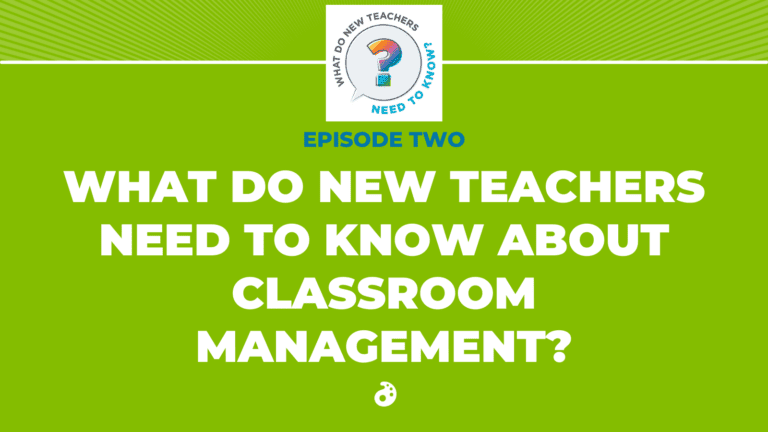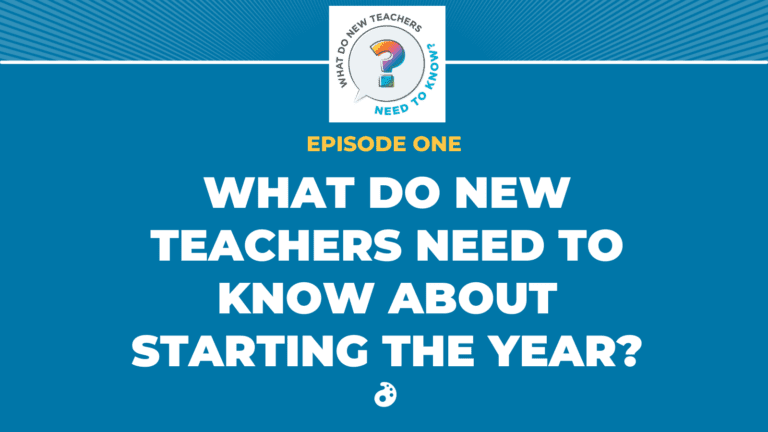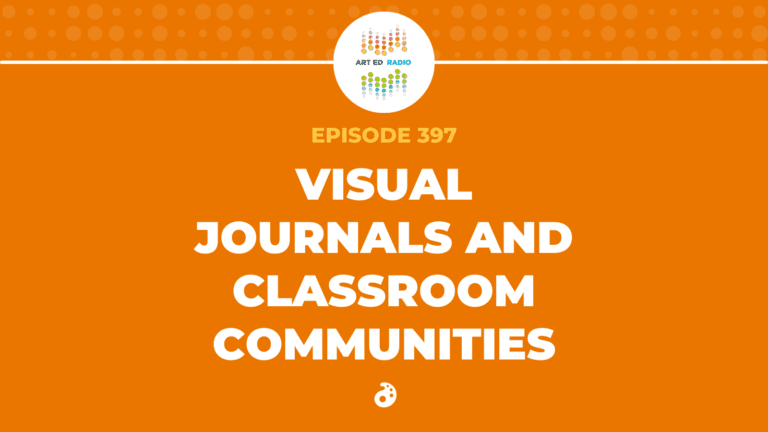Related

Classroom Management
 Podcast
Podcast
What Do New Teachers Need to Know About Classroom Management? (Episode 2)

Relationship Building
 Podcast
Podcast


